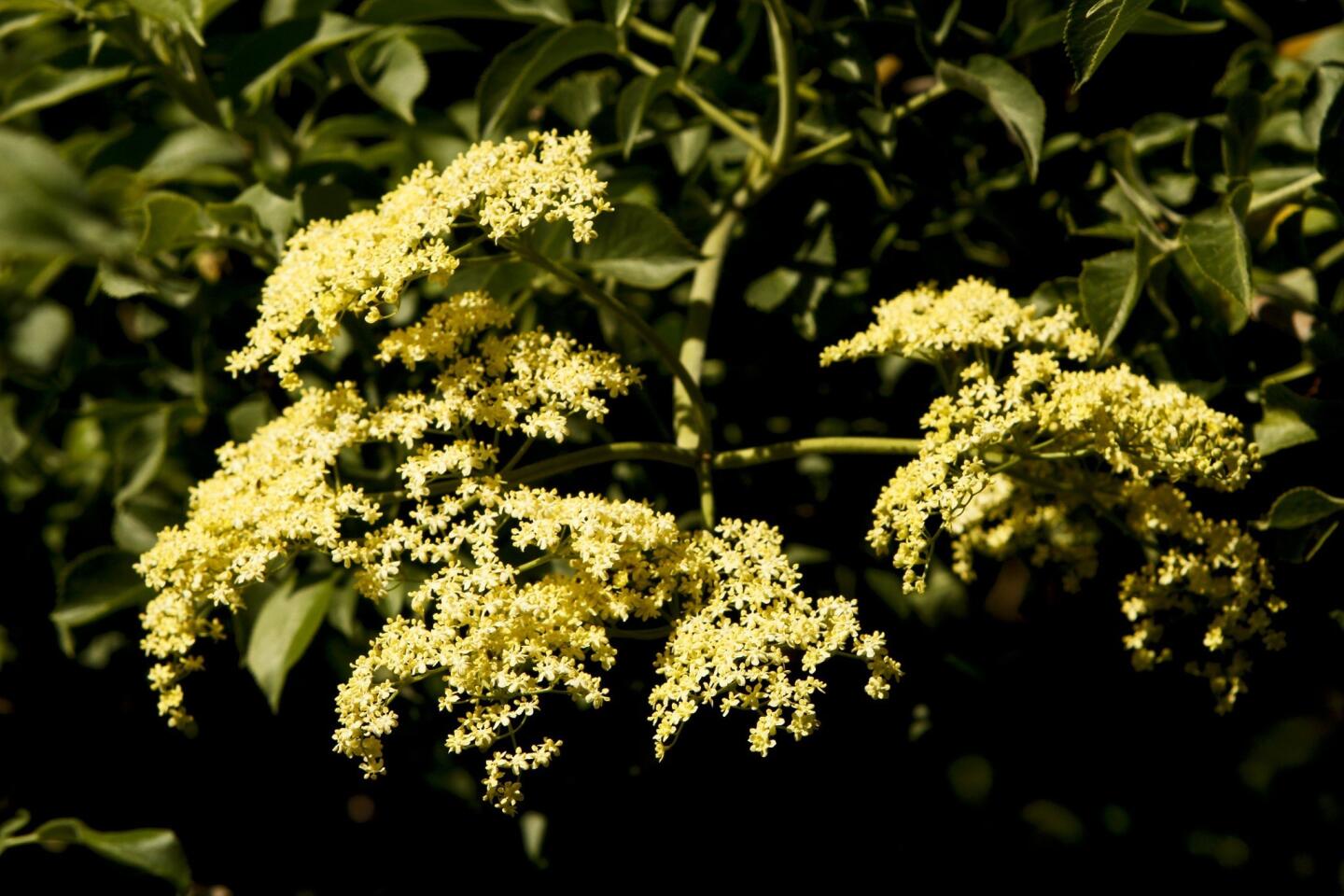Privacy hedges: Why a mix of three plants is better than one
- Share via
You might recall that when a reader wrote about twin rows of Italian cypress — one established and healthy, the other newer and dying — the SoCal Garden Clinic asked a Pasadena nurseryman to tackle the question of why the plants might be struggling for survival. Now, with spring planting upon us and installing privacy hedges a priority, we thought we’d get a second opinion from landscape designer Cassy Aoyagi, co-founder and president of the Tujunga firm FormLA Landscaping. She is an accredited designer in the U.S. Green Building Council’s Leadership in Energy and Environmental Design program, a licensed contractor and board president of the Theodore Payne Foundation for Wildflowers and Native Plants. She writes:
Despite their streamlined, clean aesthetic, hedges are far from simple. Let’s look at a few alternatives to an Italian cypress hedge — other ways you can secure your privacy with greenery.
If you are willing to redefine your idea of a hedge, I’d suggest creating a wonderfully vibrant border that would provide abundant privacy, texture and depth, all while saving you a lot of heartache. A mix of palo verde canopy trees (Cercidium microphyllum) or the palo verde hybrid called Desert Museum, as well as architectural junipers and elderberry shrub-like trees (Sambucus mexicana) could replace your struggling row of cypress, complement your established row of cypress and thrive in hot, dry places. Junipers such as Juniperus californica or Juniperus scopulorum could work, but you should consult a reliable reference such as “The New Sunset Western Garden Book” to see which cultivars fit your climate and needs.
By planting drought-tolerant palo verde, juniper and elderberry in clusters of fives, sevens or nines, as you might find them grouped in nature, you can create a privacy border that’s varied in height, color and texture.
Visually, this hedge alternative can take on a fine architectural form as it develops. Depending on how it’s planted and maintained, the hedge can be dense for privacy or lacy; the screen can be highly organized or more naturally structured. The contrasting hues of green and blue lush foliage will transform throughout the year, offering an ever-changing mix of berries and blooms. This beautiful, trend-setting look has the added benefit of creating shelter and food that attract birds, butterflies, insects and pollinators to support your garden’s health.
Our letter writer, who had had a row of healthy Italian cypress on one side of the driveway and dying cypress on the other, could replace the dying cypress first, then add a couple of palo verde trees to the opposite side. That would bring coherence to the garden and balance to the driveway.
If you want to give struggling cypress one more shot at recovery, some considerations: Italian cypress grows slowly, and some of the variation in plant height may just be youth. Although cypress is usually easy to grow and hardy, the younger plants may need more care because of their location. Areas with more exposure to the sun and wind need more water and heavier layers of mulch to ensure that moisture and nutrients hold. It may be worth getting the soil tested for toxicity or feeding a deep injection of nutrients.
As you weigh your options, remember that hedges are an unnatural creation. Even with hardy plants, gardeners face an uphill battle maintaining the uniform look so often prized in traditional hedge rows. Slight variations in soil condition, moisture, sun, soil contamination and animal activity create inherent variations in how sections of hedge may thrive, and the standard chopping that plants endure further weakens their defenses against pests and the elements.
Finally, any hedge consisting of just one plant may be less healthy than a hedge constructed with a diversity of plants. Pests and disease can move with greater ease in a single species plant hedge without the natural predators that come with a biodiverse plant palette.
For easy way to follow the L.A. scene, bookmark L.A. at Home and join us on Facebook, Twitter and Pinterest.







